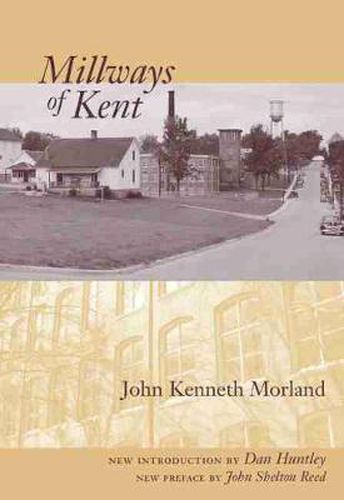Readings Newsletter
Become a Readings Member to make your shopping experience even easier.
Sign in or sign up for free!
You’re not far away from qualifying for FREE standard shipping within Australia
You’ve qualified for FREE standard shipping within Australia
The cart is loading…






This is a compelling portrait of life in a Southern Piedmont mill village after the Great Depression.Morland’s skill as an oral historian and his respect for blue-collar subjects allow him to describe the cotton mill workers of York as sympathetic, three-dimensional human beings, something a bit more than even their insular white neighbors in the town of York would have classified them as. As Morland discovered, the segregation of poor white mill workers from the existing town of York mirrored the experiences of the early waves of European immigrants into American cities.The plight of the working families in the mill village, their daily joys and disappointments, and the governing call of the mill whistle are all brought vibrantly to life through Morland’s words, creating a powerfully detailed snapshot of an American subculture that no longer exists. Huntley’s new introduction assesses the lasting importance of Morland’s telling case study. The volume is further supplemented with a 2002 interview with Morland and his wife detailing their experiences with the
Kent
research and including photographs from the period.
$9.00 standard shipping within Australia
FREE standard shipping within Australia for orders over $100.00
Express & International shipping calculated at checkout
This is a compelling portrait of life in a Southern Piedmont mill village after the Great Depression.Morland’s skill as an oral historian and his respect for blue-collar subjects allow him to describe the cotton mill workers of York as sympathetic, three-dimensional human beings, something a bit more than even their insular white neighbors in the town of York would have classified them as. As Morland discovered, the segregation of poor white mill workers from the existing town of York mirrored the experiences of the early waves of European immigrants into American cities.The plight of the working families in the mill village, their daily joys and disappointments, and the governing call of the mill whistle are all brought vibrantly to life through Morland’s words, creating a powerfully detailed snapshot of an American subculture that no longer exists. Huntley’s new introduction assesses the lasting importance of Morland’s telling case study. The volume is further supplemented with a 2002 interview with Morland and his wife detailing their experiences with the
Kent
research and including photographs from the period.